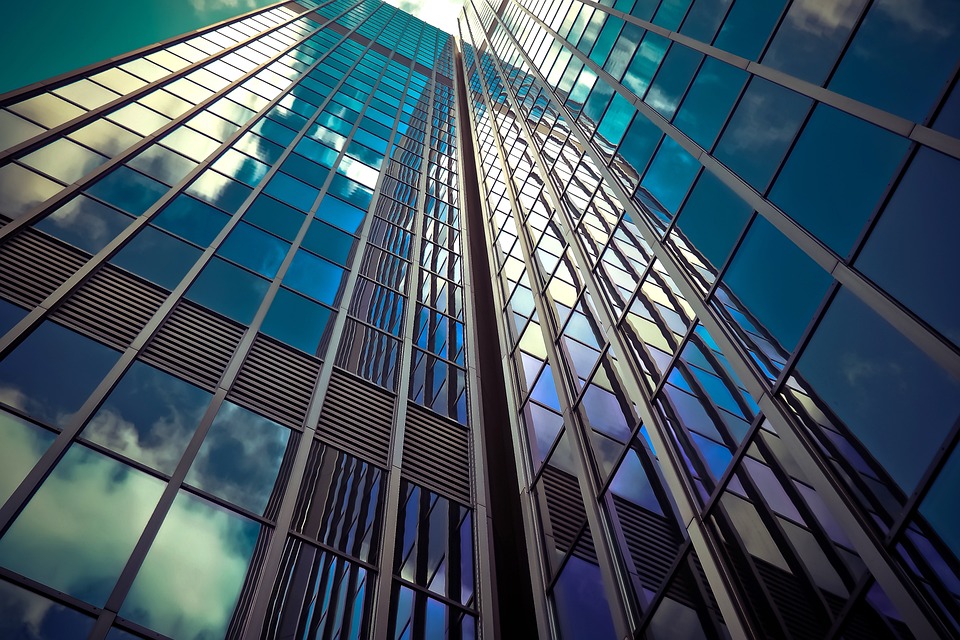Introduction
Modern architecture is a style that emerged in the early 20th century and continues to influence design and construction today. This architectural movement emphasized clean lines, geometric shapes, and the use of new materials such as glass, steel, and concrete. In this article, we will explore how modern architecture is interpreted in a contemporary context, looking at the ways in which architects and designers continue to push boundaries and innovate in their work.
Key Characteristics of Modern Architecture
Clean Lines
One of the key characteristics of modern architecture is its emphasis on clean lines and simple forms. Buildings are often stripped down to their essential elements, with unnecessary ornamentation and decoration removed. This creates a sense of order and simplicity, allowing the structure to speak for itself.
Geometric Shapes
Another defining feature of modern architecture is the use of geometric shapes. Buildings are often composed of rectangles, squares, and circles, creating a sense of harmony and balance. These shapes are often repeated throughout the design, creating a cohesive and unified look.
New Materials
Modern architecture also embraced the use of new materials such as glass, steel, and concrete. These materials allowed architects to create buildings that were lighter, stronger, and more flexible than traditional materials like wood and brick. Glass, in particular, became a prominent feature in modern architecture, allowing for buildings to be flooded with natural light and creating a sense of transparency and openness.
Interpreting Modern Architecture in a Contemporary Context
Sustainability
One of the ways in which modern architecture is being interpreted in a contemporary context is through a focus on sustainability. Architects and designers are increasingly incorporating green building practices and environmentally-friendly materials into their designs. This includes using recycled materials, incorporating passive heating and cooling systems, and utilizing renewable energy sources such as solar panels. By prioritizing sustainability, contemporary architects are not only paying homage to the principles of modern architecture but also responding to the pressing need for environmentally-conscious design.
Adaptability
Another way in which modern architecture is being reinterpreted in a contemporary context is through a focus on adaptability. As our cities and communities continue to change and evolve, architects are designing buildings that can easily be repurposed and adapted for different uses. This flexibility allows buildings to grow and change with their surroundings, ensuring that they remain relevant and functional for years to come.
Technology
Technology is also playing a significant role in the interpretation of modern architecture in a contemporary context. Advances in digital design tools, 3D printing, and building automation are allowing architects to push the boundaries of what is possible in terms of form, structure, and function. This technology-driven approach is creating buildings that are not only visually striking but also more efficient and functional than ever before.
Case Study: The Salesforce Tower
One exemplary example of modern architecture being interpreted in a contemporary context is the Salesforce Tower in San Francisco. Designed by renowned architecture firm Pelli Clarke Pelli, the Salesforce Tower is a striking glass-and-steel skyscraper that rises 1,070 feet above the city skyline. The tower’s sleek and minimalist design pays homage to the principles of modern architecture while incorporating cutting-edge sustainable features such as a natural ventilation system and energy-efficient lighting.
The Salesforce Tower is also a prime example of adaptability, with flexible floor plates that can easily be reconfigured to meet the needs of different tenants. The tower’s innovative use of technology, including a state-of-the-art building management system and advanced seismic retrofitting, ensures that it remains a cutting-edge and resilient structure for years to come.
In conclusion, modern architecture continues to be a source of inspiration and innovation for architects and designers working in a contemporary context. By interpreting the key characteristics of modern architecture such as clean lines, geometric shapes, and new materials through a lens of sustainability, adaptability, and technology, today’s architects are creating buildings that are not only visually stunning but also responsive to the needs of our ever-changing world. By embracing the principles of modern architecture while pushing boundaries and exploring new possibilities, contemporary architects are shaping the future of design and construction.

Leave a Reply